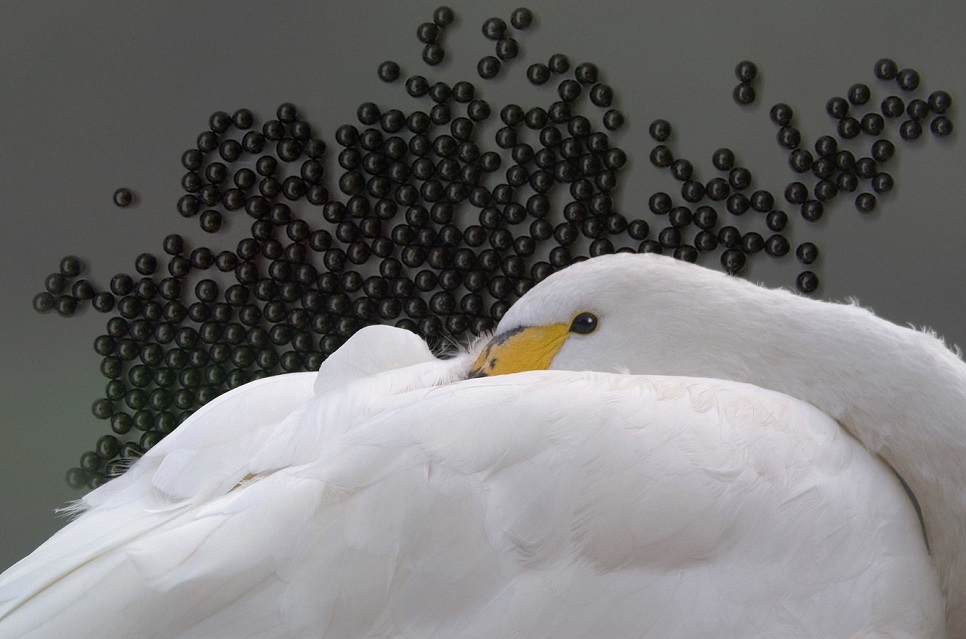October wildlife

October's always great for seeing a variety of birds at London Wetland Centre, from the pretty teal and wigeon, to the shy snipe, to the big brown showstopper of a bird, the bittern. But this October - particularly thanks to the warm sunny days we've enjoyed in the first half of the month - there have been an assortment of interesting animals to look at as well.
Migrant hawker [see image, right] and common darter dragonflies have been seen frequently across the reserve. Migrant hawkers are large, fairly common dragonflies. They often migrate northwards from mainland Europe, boosting the resident population in late summer.
Common darters are also widespread across the UK. Both species can often be seen until November if the weather is mild enough.

We've also seen a number of butterflies: red admiral, speckled wood, small white, and peacock. The ferocious looking devil's coach horse beetle [see image, right], which raises its tail like a scorpion if disturbed, has also been seen frequently. Devil's coach horses are generally nocturnal, emerging at night to feed on smaller invertebrates. The education team report that they have found numerous water boatmen during their pond dipping sessions.
In terms of fish, perch and roach have been visible in Wildside. Generally, as water temperatures begin to cool, fish start to get less active and as a consequence need to feed less. As water temperatures get colder in the winter, fish sink to deeper waters. This is because the depths of the pond remain at a fairly steady temperature - around 4 degrees centigrade.
Water temperatures, with the recent warm weather, will still be reasonably high and at the moment fish will still be actively feeding at specific times of day that suit them. There is a lag time in temperature cooling of water compared to the air temperature. Therefore, the current rapid drop in air temperatures we’ve just experienced in the last couple of days will not occur to the same degree in the water as its thermal properties are different.

